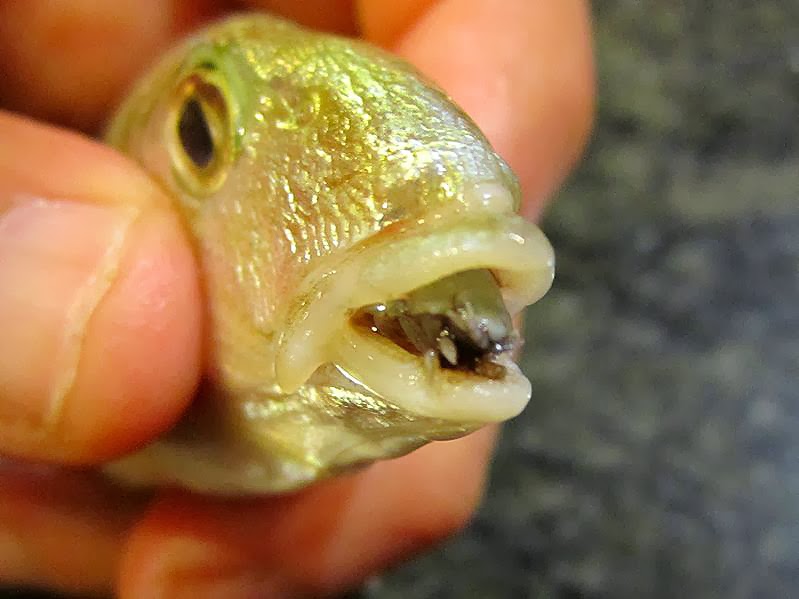Tongue-eating and
lice. Those words by themselves do
not bring pleasant thoughts. This
creature is a parasitic crustacean found off the coast of California and as far
south as Ecuador, and has been sampled in water six to seven feet deep and down
to 200 feet deep.
As juveniles, several
tongue-eating lice will latch onto a fish and enter it through its gills. The first crazy thing about these
parasites is that they are “protandric hermaphrodites.” Meaning: as the lice mature, they first
become male (about 7.5-15 mm long).
Then usually one of them will turn into a female once it reaches 10 mm
in length. They can grow up to 29
mm in length
Tongue-eating
louse (photo from the Wikimedia files)
Females will crawl from
the inside of the gills to the fish’s mouth and grab hold of the tongue. They extract and consume the tongue’s
blood through their front claws!
The tongue eventually dies and disintegrates from so much loss of blood
and the louse becomes its new tongue, holding on to whatever nub is left. So despite its name--the
tongue-eating louse--it does not actually eat the tongue, but sucks its
blood. Although the process of
losing its tongue is quite uncomfortable for the fish, the fish doesn’t die. The parasite wants its host to live as
long as possible, so it will then only occasionally consume its blood and
mostly feed on the fish’s mucous.
Tongue-eating
louse inside its host (photo from the Wikimedia files)
Not much is known about
this creature’s mating cycle. They
could possibly mate before the female ventures to become a fish’s tongue, or
perhaps a male comes up to visit the female, or the female could just release
her eggs in the direction of the males and they fertilize them.
Tongue-eating lice are not
harmful to humans. They are
sometimes found in fish bought at supermarkets, but are usually dead along with
the fish.
At the World Bird Sanctuary you won’t find any tongue-eating lice, but we do have a
healthy colony of Hissing Cockroaches.
When you visit be sure to check them out as they are very interesting.
Just as all creatures have
a purpose in this world, even a tongue-eating louse can be food for other ocean
dwelling life that finds these crustaceans floating around without a host!
Be sure to chew them well!
Submitted by Sara Oliver,
World Bird Sanctuary Naturalist






No comments:
Post a Comment